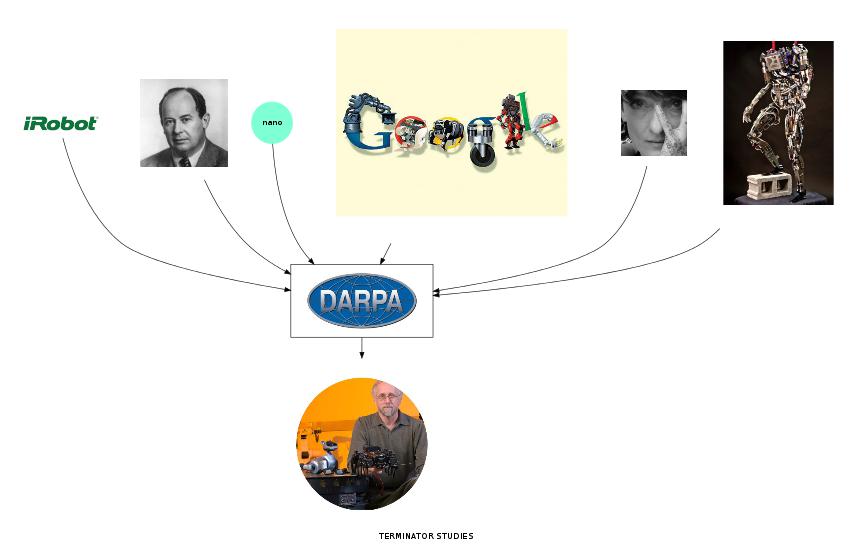Peter Warren Singer Strategist & Senior Fellow


Peter Singer - Professor of Utilitarian Ethics And Animal Rights - Biography
Darpa has become one of the biggest backers of robotics research. Yet autonomous robots bring their own powerful ethical dilemmas. If machines are given guns, it opens profound moral and legal questions about war .. “As a colleague of mine likes to say, robots are assholes,”. Researchers also argue that the more dystopian predictions about machines and war underestimate the affinity between humans and robots.
What big business is eyeing up as the next big commercial opportunity: namely, autonomous robot technology that can operate in a human environment. Or to put it another way: Terminator. Although we’re repeatedly told that the robots are not Terminator; that they’re not going to kill us; or make us their slaves; that there is nothing to fear.
The most significant thing about ARPANET is that it permits the instant connection of computers of different types, ranging from the huge ILLIAC IV to the commercial-class models produced by IBM and others. Complex switching techniques allowing these computers to “talk to each other” are considered a major technological break-through. The question that goes on haunting civil libertarians is whether ARPANET can be used for domestic intelligence by being hooked into CIA, FBI, military intelligence, White House, or other computer systems.
"The great ideas of the ages have come from people who weren’t paid to have great ideas" Isaac Asimov, in essay for DARPA, 1959.
They’re not Terminators, but they sure resemble those iconic killer robots from the big screen. Think C-3PO, not T-1000. That’s the more appropriate pop-culture reference, according to Brian Lattimer, another Virginia Tech researcher working on a bipedal humanoid robot with funding from DARPA. "If I could sit down with Google people, I would want them to make a public pledge to not become involved with autonomous killer robots". DARPA, Boston Dynamics, and Google all declined interviews for this story.
The Defense Advanced Research Projects Agency, the Pentagon’s high-tech development center, is working on a program called Squad X that is focusing on human-machine interaction at the tactical level. The program includes ground robots, microdrones and squad-sized military units equipped with intelligence and super-lethal weapons that can cover large areas.
Pentagon officials are worried that the US military is losing its edge compared to competitors like China, and are willing to explore almost anything to stay on top—including creating watered-down versions of the Terminator.
This paper examines policy, legal, ethical, and strategy implications for national security of the accelerating science, technology, and engineering (ST&E) revolutions underway in five broad areas: biology, robotics, information, nanotechnology, and energy (BRINE), with a particular emphasis on how they are interacting. The paper considers the timeframe between now and 2030 but emphasizes policy and related choices that need to be made in the next few years to shape the future competitive space favorably, and focuses on those decisions that are within U.S. Department of Defense’s (DOD) purview. The pace and complexity of technological change mean that linear predictions of current needs cannot be the basis for effective guidance or management for the future. These are issues for policymakers and commanders, not just technical specialists.